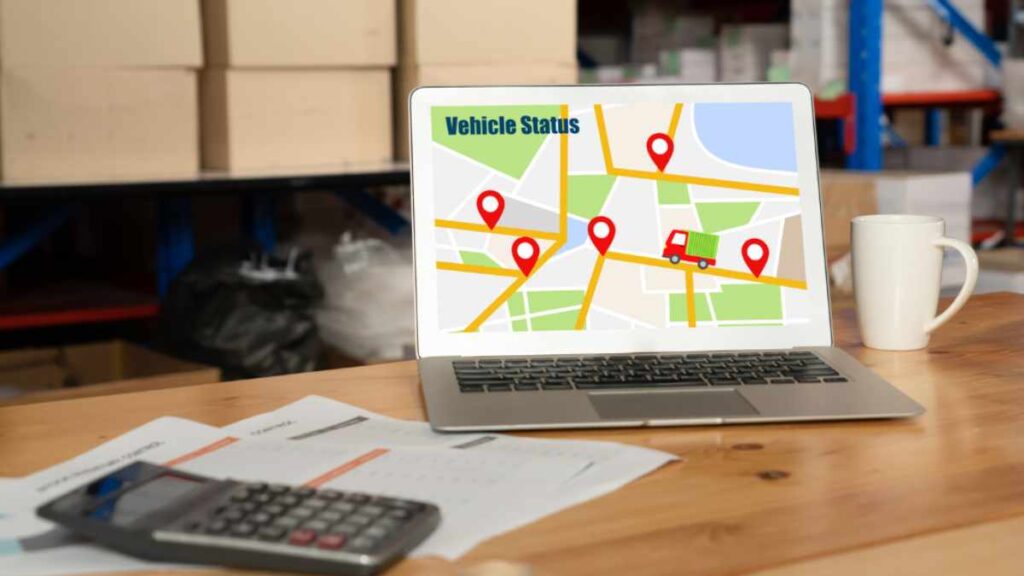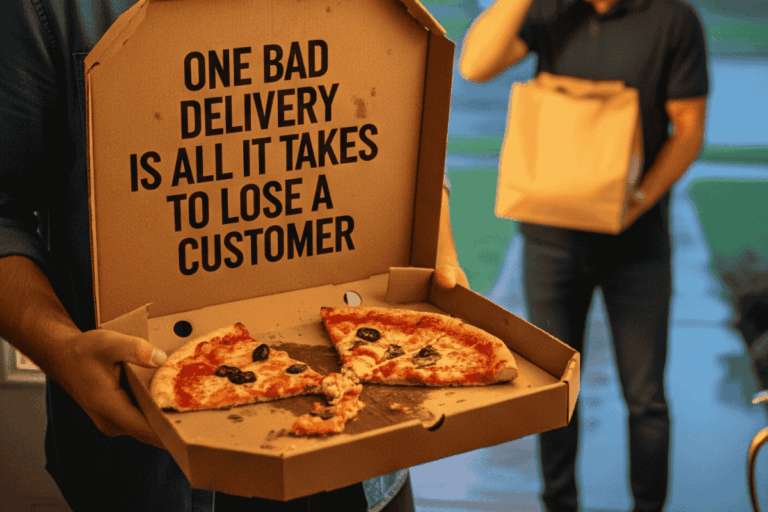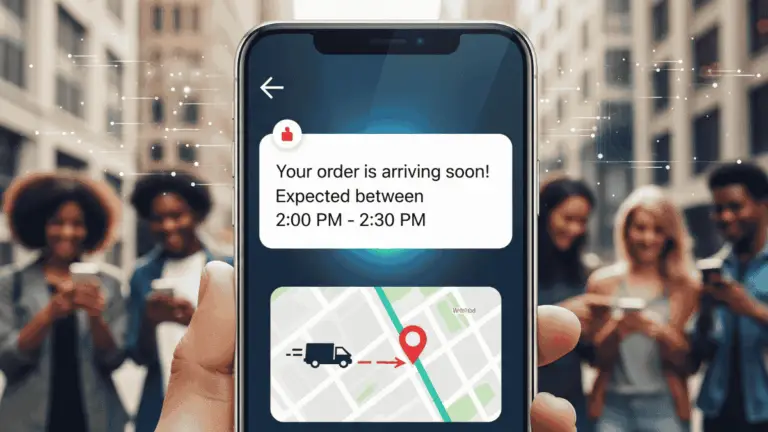Unexpected changes can throw a wrench in your operations. Implementing effective route optimisation can be the key to navigating these challenges smoothly.
Running a delivery business without route optimisation software is a disaster when last-minute changes hit—and trust me, it will happen.
Customers altering their delivery address or unexpected traffic jams—it can feel chaotic. Can you imagine the pressure on your black Friday deliveries when a supplier is late with stock? It has a ripple effect on your deliveries to customers waiting to go on holiday in December.
But route optimization acts as a magic wand, recalculating routes in real-time. It also adapts to shifting circumstances, like a sudden slippery road around the corner that resulted in a multi-car pileup.
Drivers get instant updates, avoiding delays and ensuring deliveries stay on track, even in the most unpredictable situations.
Customer experiences can be transformed with accurate route planning, using route optimization software to maximize your assets and minimize pressure on your staff.
It’s all about that last-mile delivery that saves time and leaves you with satisfied customer experiences and reviews.
Now, let’s break down the eight ways route optimization keeps your business ahead.
1. Route Optimisation Adapts To Real-Time Traffic
Using real-time traffic data with route optimisation allows you to cushion the impact for immediate route changes.
How does it work? It leverages GPS systems, traffic monitoring tools, and real-time data feeds to identify road conditions as they unfold. Businesses that are still using manual route planning can’t incorporate these changing elements into their plan.
When congestion, accidents, or road closures occur, the software recalculates the most efficient routes in seconds, directing drivers around the problem areas.
Without real-time traffic, your delivery fleet might be heading straight into a traffic jam and getting stuck in a gridlock. This can easily lead to disappointing customers if you miss your schedules.
Route optimisation has the smart ability to detect the slowdown ahead and reroutes the driver through less congested streets, minimizing downtime.

2. Route Optimisation Recalculates Routes
You want the most efficient path when unforeseen changes occur. Relying on your driver’s knowledge of the area is not going to make that happen.
Advanced route optimization software recalculates it for you, creating more flexibility to incorporate and allow for last minute changes.
Route optimization recalculates routes using GPS data, real-time traffic updates, and AI algorithms.
It analyzes disruptions, identifies efficient alternatives, and updates drivers instantly, ensuring minimal delays and optimized operations.
3. Route Optimisation Is Great For Customer Satisfaction
Real time tracking is important to customers. According to a survey more than half (59.3%) of respondents said that real-time customer order tracking has a positive impact on their brand loyalty and whether or not they will shop with that brand again.
With route optimisation you have better control over delivery windows and drop-off times. So you can send customers automated updates about their delivery operations.
If you provide customers with accurate ETAs, even in the middle of a busy delivery day or peak season, following that smashing Black Friday orders, it builds trust and reliability.
Effective communication keeps customers informed about the delivery and improves customer satisfaction.

4. Route Optimisation Save You Money During Route Planning
Finding the optimal route when you are using spreadsheets can keep you awake until late at night. But it can also send your fuel bill to a new record high.
Optimized routes lead to fewer miles traveled, and that’s when you save the real dollars. It’s directly saving your company money, which can be used for marketing or upgrades.
You also get to save on wear and tear on the entire fleet. Efficient routing decreases the mileage which impacts maintenance expenses.
5. Flexibility: Route Optimisation Helps
Just as quickly as customers change their orders, delivery instructions and preferences, your delivery schedules must be flexible to these sudden changes of plans.
Now, imagine everything is planned out on paper, and your drivers are already five hours into their shift. They don’t answer their phones. There is no way you can change and adapt to any changes from customers.
Routing software can quickly adjust. Whether it’s delivery schedules or service calls, the system is automatically updated, and drivers are instantly informed.

6. Optimized Resource Allocation For Delivery Businesses
You might have enough fleet, but that’s not the problem on a busy day when orders must go out to hundreds of customers.
Allocating the right deliveries to the right drivers and vehicles is important during the route planning process.
If you take a small delivery vehicle to a dusty farm area, you won’t make it in time, and customer satisfaction will drop.
Route optimization helps your delivery business by better allocating vehicles and drivers. It ensures that you use your existing assets to their full capacity.
7. Route Optimisation Improve Driver Efficiency
You obviously want your drivers to be efficient and use optimized routes, but the only secret is routing software. You also get to cut fuel costs and operational costs in the process.
Providing drivers with the most efficient paths reduces time spent on the road and minimizes stress.
Efficient routing, which reduces fuel costs and operational costs at the same time, allows drivers to complete more tasks within their shifts.
8. Routing Software Collects Historical Data
Analyzing historical traffic patterns gives you insight into route planning and ultimately makes better routing decisions during sudden changes.
How does it work? By leveraging past data, you and your team can anticipate and mitigate potential disruptions.
Let’s say it’s Black Friday, and you are snowed under with orders. Historic data can give you better insight into how to deal with and prepare for the next large-scale sale.
Implementing route optimization helps manage last-minute changes and enhances overall operational efficiency, leading to cost savings and improved customer satisfaction.
About the author
Mia is a multi-award-winning journalist. She has more than 14 years of experience in mainstream media. She's covered many historic moments that happened in Africa and internationally. She has a strong focus on human interest stories, to bring her readers and viewers closer to the topics at hand.










